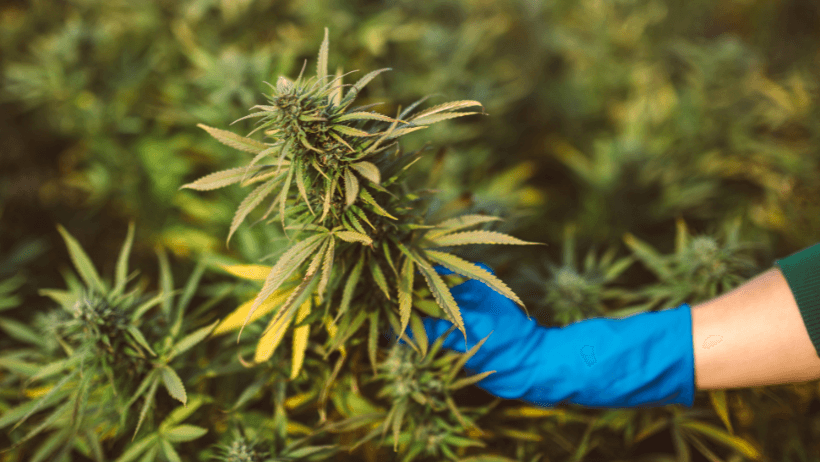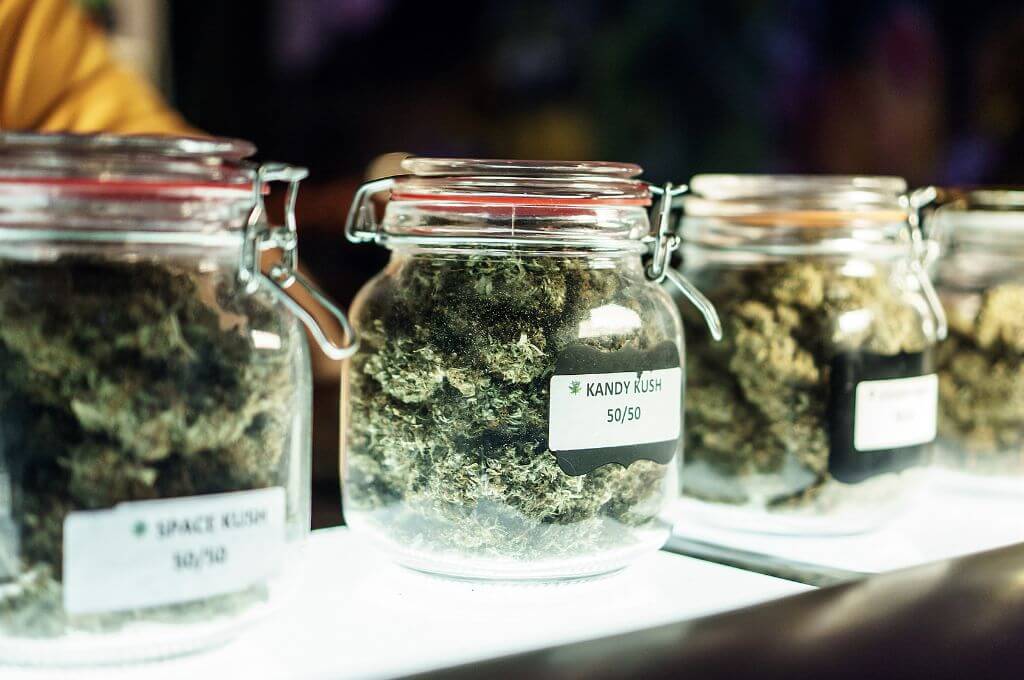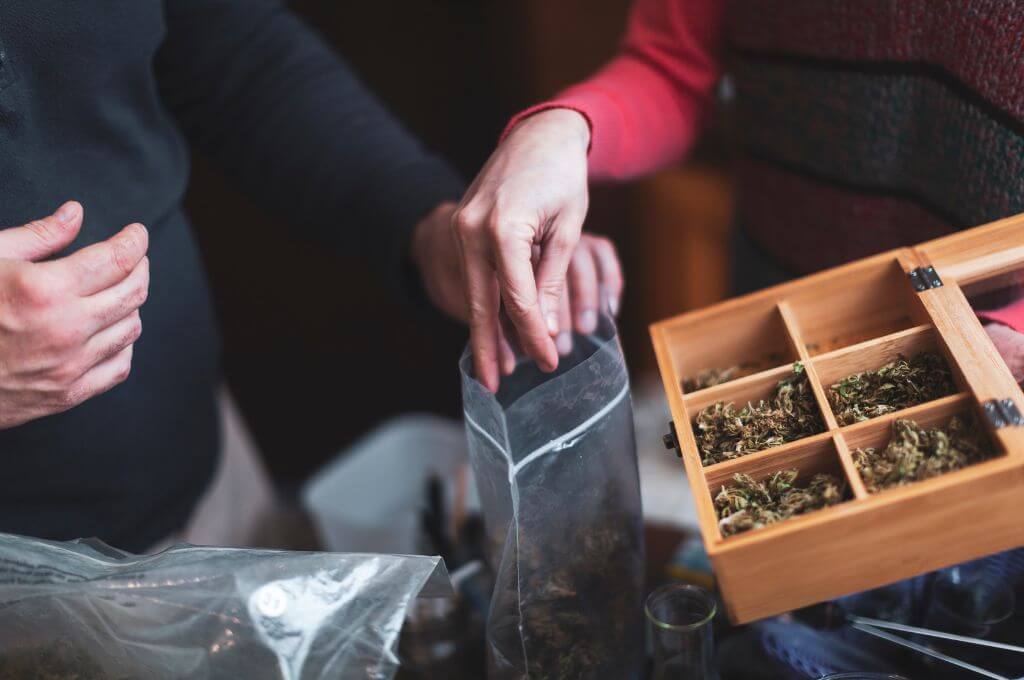Key Takeaways:
- Educate yourself on different cannabis products and their effects to align choices with personal preferences and needs.
- Evaluate dispensaries for quality products and knowledgeable staff to ensure a trustworthy source.
- Utilize budtender expertise for personalized recommendations, enhancing the selection process.
- Stay informed about the legal landscape and product regulations to make safe and compliant cannabis purchases.
In the evolving world of cannabis, choosing quality products is paramount for an enhanced experience, whether for therapeutic or recreational purposes.
This guide offers an overview for navigating the diverse cannabis market, spotlighting key factors such as strain differentiation, THC/CBD ratios, and the significance of terpenes and lab testing.
Aimed at empowering consumers with knowledge, it addresses the challenges of selecting premium cannabis products amidst an abundance of options, ensuring safety, efficacy, and satisfaction.
Here, we demystify the process of identifying high-quality cannabis, providing essential insights for both newcomers and seasoned aficionados.
Understanding the Cannabis Market

It’s important to understand the intricacies of various cannabis offerings, from traditional flowers to innovative transdermals, and examines how legality and regulations shape consumer access and product integrity [1].
Types of Cannabis Products
- Cannabis Flower: The classic smokable part of the plant, offering strains like indica, sativa, and hybrids for varying effects. These are also known as cannabis buds, and it is used for all cannabis extracts. They come in indica and sativa strains.
- Cannabis Concentrates: Potent THC/CBD forms, including shatter and rosin, for vaporization or dabbing.
- Cannabis Vape Products: Devices that heat oils or concentrates to produce vapor for inhalation, offering discretion and immediate effects.
- Cannabis Edibles: Foods and beverages infused with THC or CBD, providing long-lasting effects through digestion.
- Cannabis Topicals: Creams and balms for localized pain relief, acting on the skin without psychoactive effects.
- Cannabis Oral Products: Pills, tinctures, and oils for systemic effects through ingestion.
- Cannabis Transdermals: Patches or gels for direct bloodstream absorption, offering full-body effects.
- Cannabis Hardware: Accessories like vaporizers and pipes that facilitate consumption.
Legal Landscape and Regulations
The legal and regulatory framework significantly influences the cannabis market, affecting product availability, quality, and safety. Legality varies by region, with laws governing cultivation, distribution, sale, and use of cannabis products.
Regulations ensure product safety, potency, and labeling standards, guiding consumers toward informed decisions. Reputable sources comply with these standards, offering quality assurance.
As the cannabis landscape evolves, staying informed about legal considerations is crucial for consumers and professionals, ensuring compliance and access to quality products that go through rigorous quality control measures.
Incorporating research-based strategies, such as educating yourself on cannabis types, assessing product quality, learning federal regulations, and choosing reputable sources, enhances the ability to navigate the market effectively.
Consumer Education and Empowerment
Being an informed consumer in the cannabis market is crucial for ensuring safety, efficacy, and satisfaction. Knowledge about the different strains, product types, and their effects allows individuals to make choices that best suit their medical and recreational needs.
This empowerment leads to a more personalized and enjoyable cannabis experience, reducing the risk of undesirable effects and maximizing the potential benefits for ultimate customer satisfaction.
Strategies for Consumer Empowerment
Empowering oneself as a cannabis consumer involves actively seeking out reliable information and resources. This can include:
- Researching cannabis strains and their effects to find what best aligns with your needs.
- Understanding product labels and testing results to assess quality and safety.
- Engaging with knowledgeable dispensary staff or budtenders to gain insights and recommendations.
- Staying updated on the latest research and developments in the cannabis industry to make informed decisions.
Educating yourself on the nuances of cannabis products and the market not only enhances personal experiences but also contributes to a safer and more informed community of users.
Selecting Quality Cannabis Products
 Evaluating cannabis quality involves a sensory guide focusing on appearance, smell, and feel. Visually, high-quality cannabis should have a vibrant color palette, ranging from deep greens to bright purples, with visible trichomes indicating potency [2].
Evaluating cannabis quality involves a sensory guide focusing on appearance, smell, and feel. Visually, high-quality cannabis should have a vibrant color palette, ranging from deep greens to bright purples, with visible trichomes indicating potency [2].
The smell is equally crucial. Premium cannabis exudes, a strong, pungent aroma that reflects its terpene profile, suggesting freshness and quality. The feel of the cannabis can also indicate its quality; it should be sticky and resilient, not dry or crumbly, indicating proper curing and storage.
Understanding Labels and Lab Results
Reading product labels and lab test results is essential for informed cannabis selection. Labels provide critical information, including THC/CBD content, indicating potency and potential effects.
They also list the strain name, terpene profile, and production date, offering insights into the product’s characteristics and freshness. Lab results add a layer of safety, detailing contaminant testing and verifying cannabinoid levels.
Most medical cannabis products will have these labels detailed on them, and you can often be assured they are high-quality products – especially for medical cannabis use.
Key Factors in Product Selection
Incorporating the following considerations into your cannabis product selection process allows for a more tailored and satisfying experience, ensuring that the chosen products align well with your needs, preferences, and lifestyle.
Understanding Potency and Purity
- THC/CBD Ratios: These ratios are essential for gauging the product’s effects, from psychoactive experiences to therapeutic benefits. A balanced or high CBD ratio can mitigate THC’s intensity for those seeking milder effects.
- Terpene Profiles: Beyond adding aroma and flavor, terpenes may enhance the cannabis experience through their synergistic effects with cannabinoids, potentially affecting mood and efficacy.
- Contaminant-Free Products: Ensuring products are free from pesticides, heavy metals, and microbial contaminants is critical for safety. Lab testing results provide transparency and reassurance of the product’s purity.
Evaluating Brand Reputation and Consumer Feedback
- Brand Reputation: A strong reputation often signals consistent quality and ethical business practices. Brands known for their commitment to purity, sustainability, and consumer education tend to be more reliable.
- Consumer Reviews: Real-user experiences offer invaluable insights into product effectiveness, side effects, and customer service experiences, helping to guide potential buyers toward informed choices.
Personal Considerations in Cannabis Use
- Individual Health and Experience: Age, health status, and previous cannabis use can significantly influence your response to cannabis. Tailoring choices to your personal context ensures a better-aligned experience.
- Choosing the Right CBD and THC Levels: High-CBD products are ideal for those seeking therapeutic benefits without intense psychoactive effects, while THC potency should align with your comfort and experience level.
Choosing the Right Way to Take it
The onset and duration of effects differ vastly between inhalation and ingestion, affecting the overall experience. Personal lifestyle, convenience, and medical considerations should guide the choice of consumption method.
Importance of the Correct Dosage
Beginning with a low dose and gradually increasing it, especially for newcomers, allows for assessing the body’s reaction to prevent overconsumption and adverse effects [3].
Considerations Before Purchase
 Selecting cannabis products requires a thorough understanding of individual needs and preferences. The desired potency and specific effects are critical in product choice, whether for medical relief or recreational enjoyment.
Selecting cannabis products requires a thorough understanding of individual needs and preferences. The desired potency and specific effects are critical in product choice, whether for medical relief or recreational enjoyment.
Medical users might prioritize CBD-dominant products for their therapeutic benefits without the psychoactive effects, while recreational consumers may seek varying THC levels for different experiences.
Understanding your preferences regarding the spectrum of effects, from relaxation to stimulation, guides the selection towards the most suitable cannabis product.
Budget and Accessibility
Budget considerations significantly impact the range of cannabis products one can explore. Premium products with extensive lab testing and organic certification might come at a higher cost, affecting the choice for those with limited budgets.
Additionally, accessibility plays a crucial role; the proximity and legal status of dispensaries within one’s area can limit or expand the available product selection.
Consumers must balance their budget with the desire for quality and convenience, navigating between premium offerings and more affordable, accessible options.
The Role of Dispensaries and Budtenders
 Choosing the right dispensary involves looking for establishments that prioritize quality, transparency, and customer education.
Choosing the right dispensary involves looking for establishments that prioritize quality, transparency, and customer education.
A trustworthy dispensary will have knowledgeable staff, provide clear information about product sourcing, and offer a wide range of tested cannabis products.
It’s also beneficial to seek out dispensaries with positive customer reviews and a commitment to community engagement, ensuring they are well-regarded by consumers and industry professionals alike.
Leveraging Budtender Knowledge
Budtenders are invaluable resources in the selection process, offering personalized recommendations based on their extensive product knowledge. To make the most of this expertise, be clear about your preferences, desired effects, and any medical considerations.
Open communication about your experience level and what you’re hoping to achieve with cannabis can help budtenders guide you toward the best choices. Trusting their advice can significantly enhance your purchasing decision, leading to a more satisfying cannabis experience.
Conclusion
Navigating the cannabis market to choose quality products requires an understanding of the product spectrum, legal landscape, and one’s personal needs.
Consumers can make informed choices that align with their preferences and requirements through education, discernment in selecting dispensaries, and leveraging budtender knowledge.
This journey towards finding the right cannabis product is not only about personal satisfaction but also about safety and efficacy.
As the market evolves, staying informed and open to learning will remain key in selecting quality cannabis products that meet individual needs and expectations.
Sources:
[1] Zerrin Atakan (2012). Cannabis, a complex plant: different compounds and different effects on individuals. Therapeutic Advances in Psychopharmacology, [online] 2(6), pp.241–254. doi: https://doi.org/10.1177/2045125312457586.
[2] Ferguson, S. (2018). Beginner’s Guide to Marijuana Strains. [online] Healthline. Available at: https://www.healthline.com/health/beginners-guide-to-marijuana-strains
[3] Volkow, N.D. and Susan R.B. Weiss (2020). Importance of a standard unit dose for cannabis research. Addiction, [online] 115(7), pp.1219–1221. doi: https://doi.org/10.1111/add.14984.
